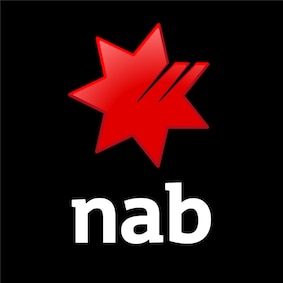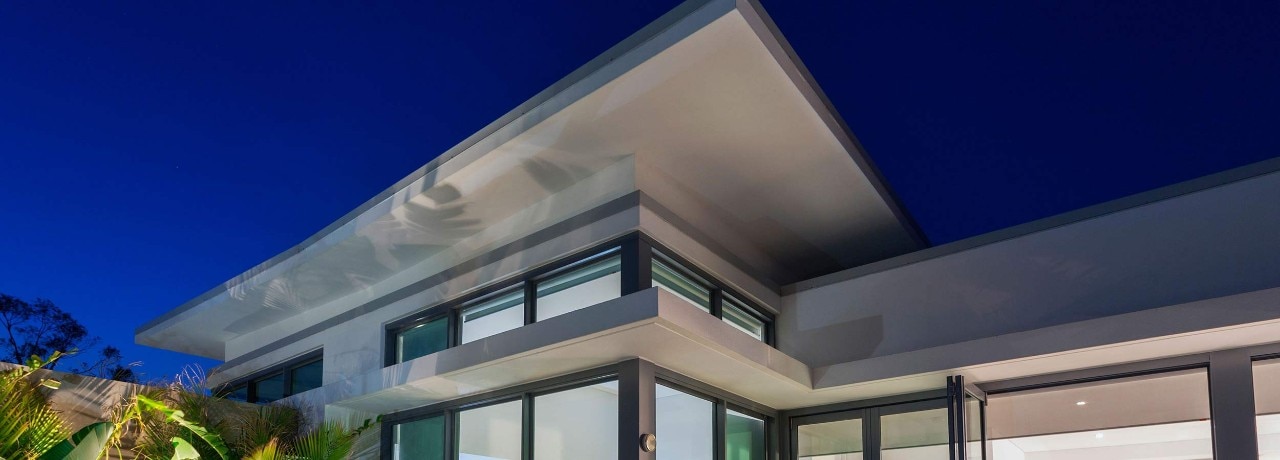What is rental yield in property investment? - NAB
What is rental yield?
Rental yield is a simple way to measure how much money you’re making from an investment property compared to its value. The calculation factors in the money you receive from renting the property minus costs like repairs, maintenance, and depreciation. It’s usually shown as a percentage, and helps investors understand if a property is a good investment or not.
When you’re thinking of buying an investment property, there are two main types of rental yield you’ll hear about: gross rental yield and net rental yield.
Gross rental yield
Gross rental yield looks at your property’s yearly rental income, before any costs, divided by the property’s value. It doesn’t consider things like maintenance, insurance, or property management fees.
Example to calculate gross rental yield
Imagine you own a rental property worth $500,000. Each year, you make $25,000 in rent.
To figure out the gross rental yield, you’d use:
Gross rental yield = (Annual rent ÷ Property value) × 100
Gross rental yield = ($25,000 ÷ $500,000) × 100 = 5%
That’s your gross rental yield before any expenses.
Net rental yield
Net rental yield digs a bit deeper. It subtracts your ongoing expenses (like repairs, council rates, and other costs) from your rental income before dividing by the property’s value. This gives you a clearer picture of your actual profit.
Example to calculate net rental yield
Now, let’s say your yearly expenses, including repairs, council rates, and insurance, add up to $5,000. To work out your net rental yield:
Net rental yield = [(Annual rent – Annual expenses) ÷ Property value] × 100
Net rental yield = [($25,000 – $5,000) ÷ $500,000] × 100 = 4%
This net yield gives a more realistic view of how much you actually take home after costs.
Does property type affect rental yield?
Yes, the type of property you invest in can make a real difference to your rental yield. Let’s compare two popular property types.
Both houses and apartments can be smart investments. It’s important to weigh up your goals and consider what matters most to you – steady cash flow or the chance for your property’s value to rise over time.
How location impacts rental yield: metro vs regional
In major metro markets like Sydney, Melbourne or Brisbane, property prices tend to be higher and rental yields lower, favouring investors seeking long-term growth. Regional towns, with lower purchase costs and solid rents may offer higher yields and better cash flow, though tenant demand and growth may be less predictable. It’s worth noting that these trends aren’t set in stone; rental yield can fluctuate depending on a variety of factors unique to each property and market.
Good rental yield vs bad rental yield
You’ll often hear people talk about ‘good’ and ‘bad’ rental yields, but it’s really about what aligns with your goals. Generally, a higher yield means you’re making more from rent compared to the property’s price, but these figures can vary a lot depending on the area and the type of place you buy. There’s no magic number, just rough ranges that help you get a feel for what’s typical.
For example, if a rental yield falls below 4%, it could indicate the property is overvalued. On the other hand, a rental yield above 5.5%, when the rent seems reasonable and sustainable, might suggest the property is undervalued. These figures are just examples. Ultimately, it’s about striking a balance that matches your strategy and comfort level.
Does rental yield matter?
For anyone investing in property, it’s a key number because it highlights how much income you can expect from your investment. A higher rental yield usually means better returns, but it’s also important to factor things like location, property type and long-term goals into your investment strategy. To research the best rental yield suburbs, use our property insights tool for full property reports, including estimated values, yield and other insights. If you’re ready to get started with your investment property journey our home loan experts can help.
Ready to purchase your investment property?
Speak to our home loan experts and get started on your investment property buying journey.
Explore other property investment guides
Negative gearing vs. positive gearing
The difference between positive cash flow and negative gearing.
Choosing between an investment property or first home
Use our detailed guide to understand how to choose between buying an investment property and your first home.
Using your home’s equity to invest
Learn what is equity and how you can use it for a new investment property purchase.
Related products and services
Invest in property
Explore property investor rates and tools to build, manage and grow your investment property portfolio.
Equity loan calculator
Evaluate your home’s equity and see how you could make it work for you.
How much can I borrow?
Get an estimate of how much you can afford to borrow for your home.
Contact us for home loan related queries
This is how you can get in touch.
Start a conversation with a banker
- Log into either NAB Internet Banking or the NAB app.
- Tap on the message icon.
- Type ‘speak to a person’ in the conversation window.
Call us
Speak to a home loan expert about a new or existing home loan.
Monday to Friday, 8:00am to 7:00pm (AEST/AEDT)
Saturday to Sunday, 9:00am to 6:00pm (AEST/AEDT)
Book an appointment
Make an appointment to see us at your nearest branch, ask a mobile banker to come to you or ask us to call you back.
Terms and Conditions
Apologies but the Important Information section you are trying to view is not displaying properly at the moment. Please refresh the page or try again later.
The information contained in this article is intended to be of a general nature only. It has been prepared without taking into account any person’s objectives, financial situation or needs. Before acting on this information, NAB recommends that you consider whether it is appropriate for your circumstances. NAB recommends that you seek independent legal, financial and taxation advice before acting on any information in this article.
Target Market Determinations for these products are available at nab.com.au/TMD.





